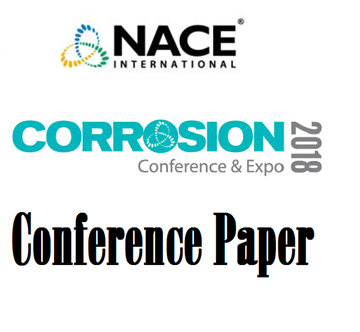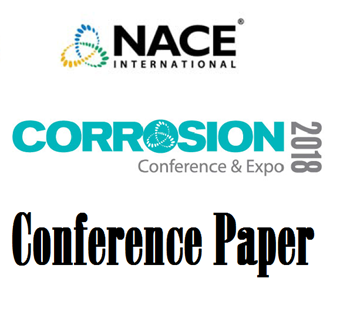Search
Products tagged with '2018 Conference Papers'
View as
Sort by
Display
per page
Enhancing the UV Durability of Epoxy Coatings: Waterborne Acrylic-Epoxy Hybrid Coatings for Steel
Product Number:
51218-139-SG
Publication Date:
2018
$20.00
Epoxy Tank Linings Cure Response During Cold Winter Months; Ready for Immersion Service?
Product Number:
51218-126-SG
Publication Date:
2018
$20.00
Evaluating Corrosion under Protective Coatings for Steel in Marine Environments
Product Number:
51218-100-SG
Publication Date:
2018
$20.00
Factors Affecting the Performance of Epoxy Coatings in Cathodic Disbondment Testing
Product Number:
51218-107-SG
Publication Date:
2018
$20.00
Faraday Classification of Powder Coated Parts Using Geometric Analysis
Product Number:
51218-131-SG
Publication Date:
2018
$20.00
Getting Published: How to Get Your Article in the JPCL
Product Number:
51218-129-SG
Publication Date:
2018
$20.00
How to conquer corrosion and cavitation erosion on submerged areas and tanks
Product Number:
51218-118-SG
Publication Date:
2018
$20.00
HOW A COMBINATION OF A POLYMER AND PVC FILM CAN PROVIDE COMPLETE GREEN COATING SOLUTIONS?
Product Number:
51218-109-SG
Publication Date:
2018
$20.00
Impact of Novel Sulphidogenesis-Inhibitory Chemistries on Souring and MIC
Product Number:
51318-11183-SG
Publication Date:
2018
$20.00
Influence of K-Rate and Hydrogen Charging on Fracture Toughness of a Super Duplex Stainless Steel
Product Number:
51318-10891-SG
Publication Date:
2018
$20.00
Introduction Into Generic Coatings In The Industrial World
Product Number:
51218-102-SG
Publication Date:
2018
$20.00












